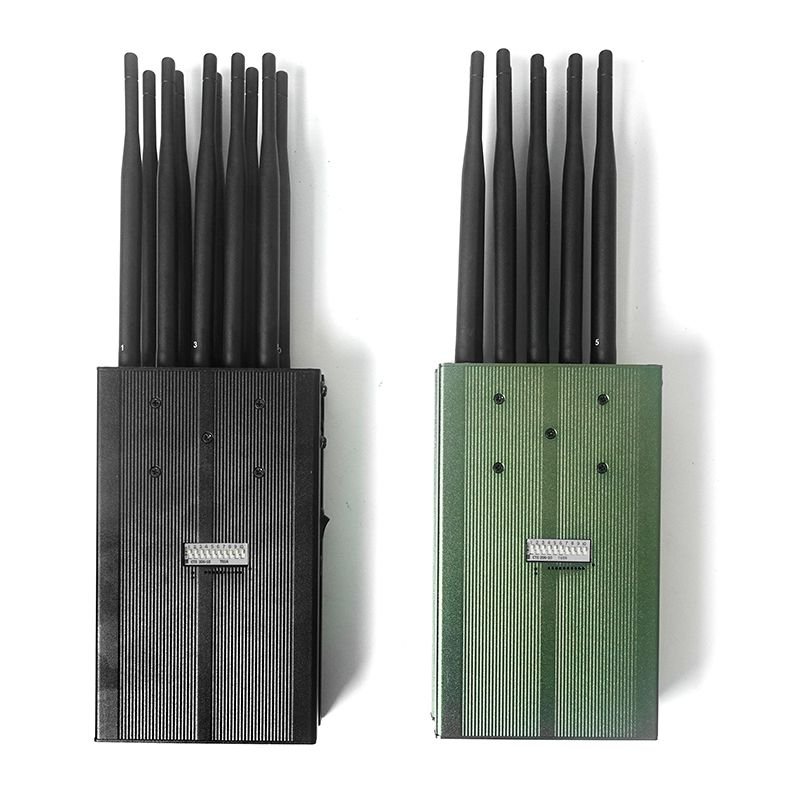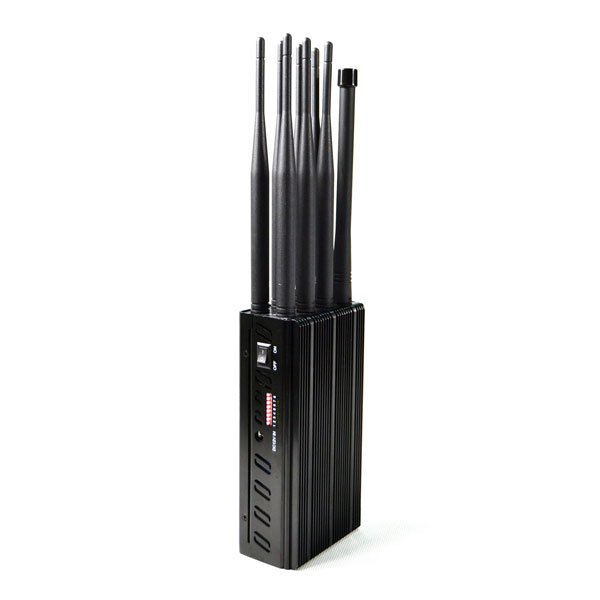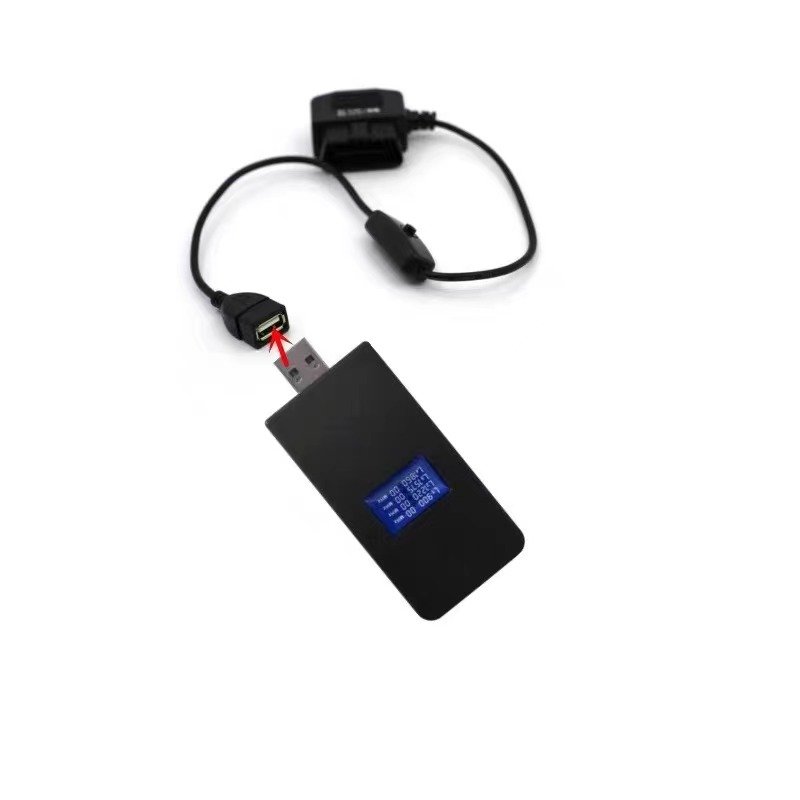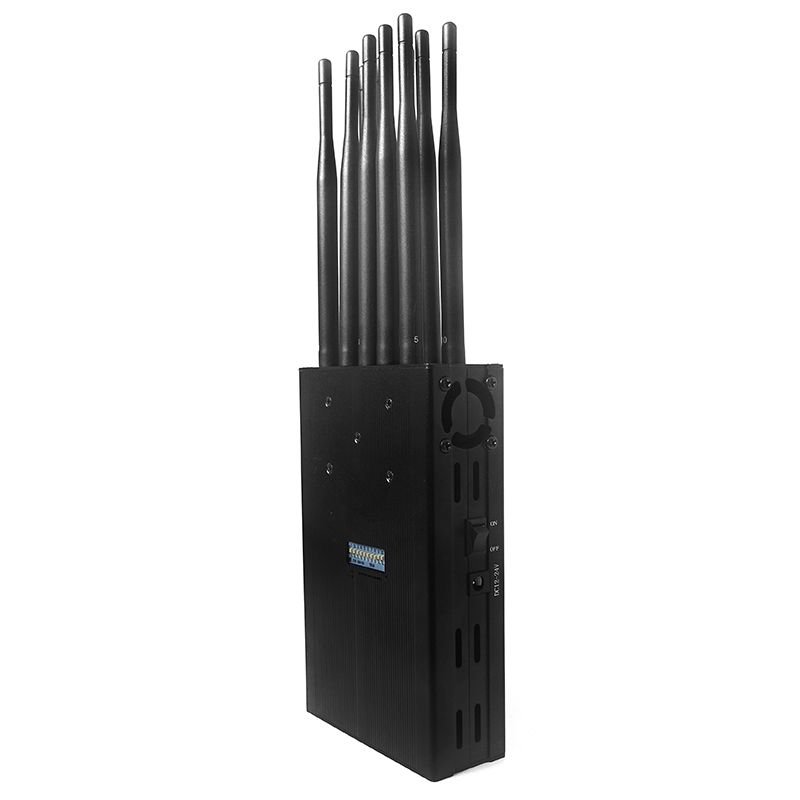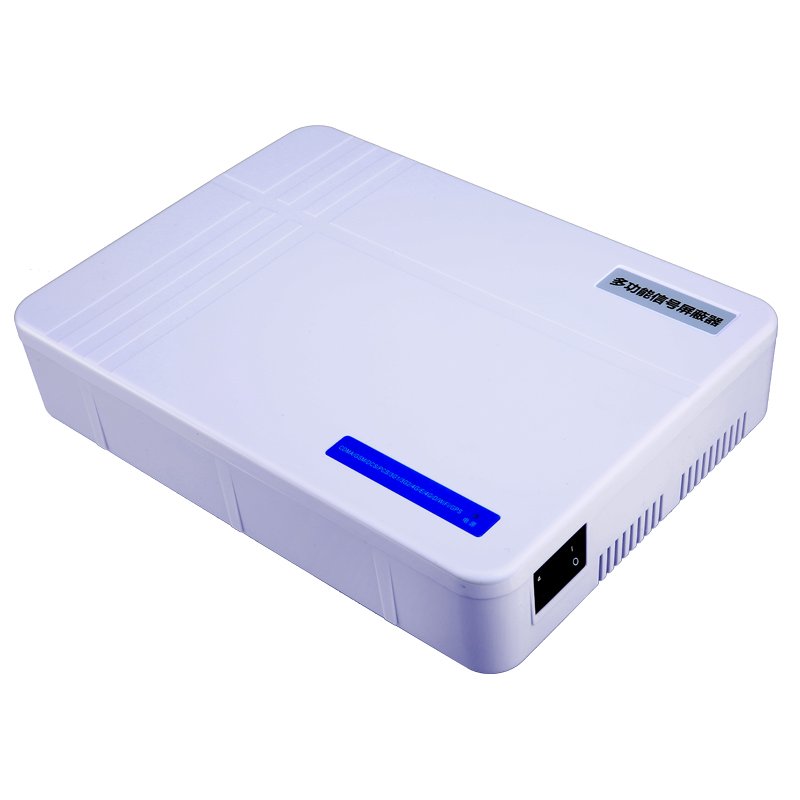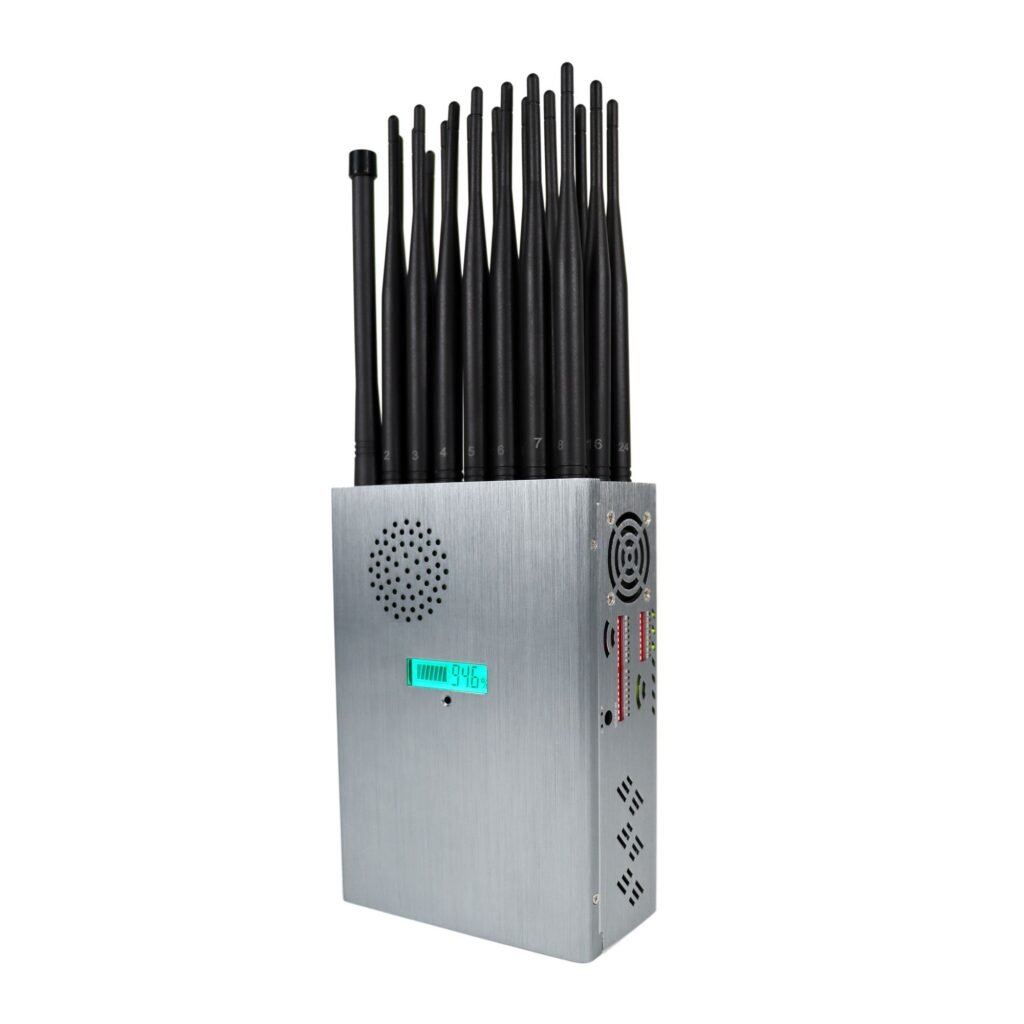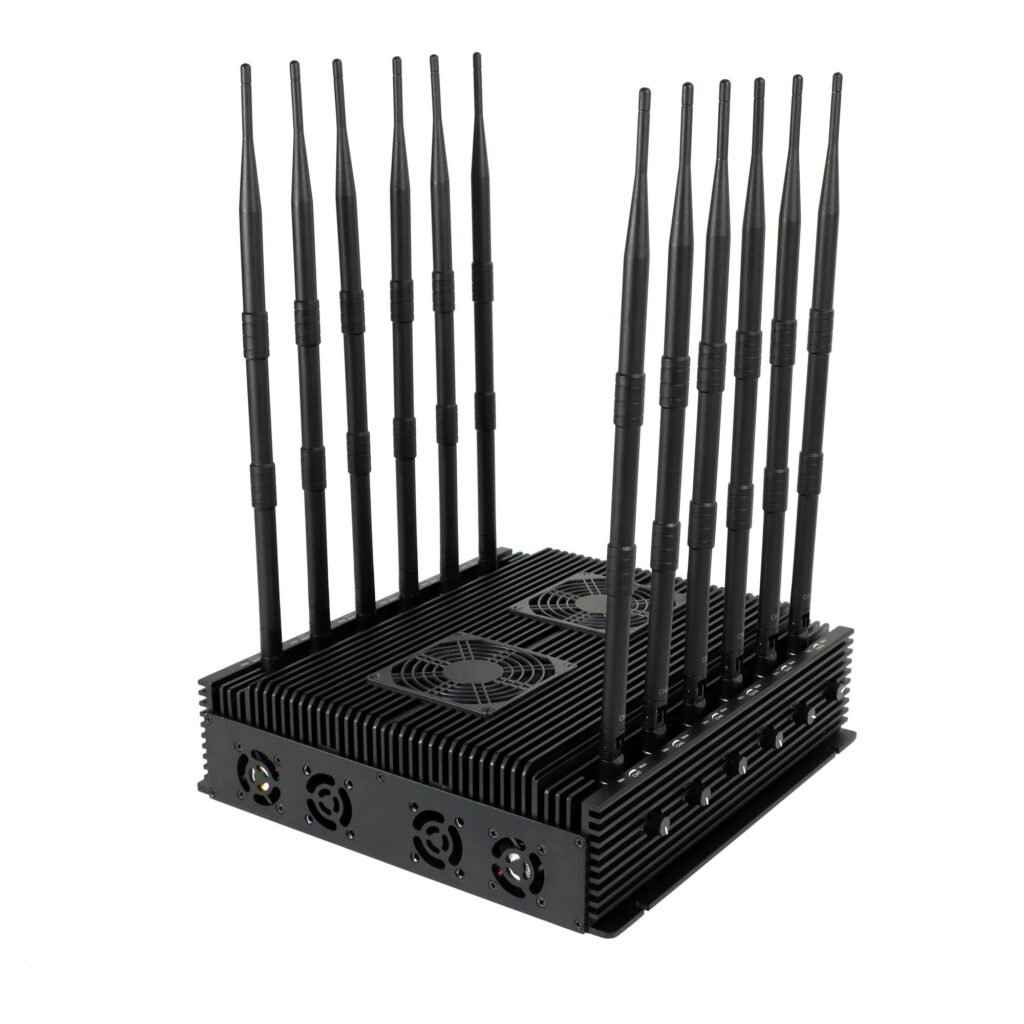Today there is another article about 5G signals. We have "Why should you upgrade your equipment to use 5G jammers?" and "Upgrading old cell phone jammers to activate the 5G jamming function" already analyzed. Today's article analyzes whether 4G jammers can block 5G signals.
Since some customers think that 4G jammers have no effect on 5G signals, we start the following discussion today to clearly analyze this issue for you.
Analyzing the effectiveness of 4G jammers on 5G signals is actually an analysis of the relationship between 4G signals and 5G signals. Let's first analyze the European signal standard as an example. If you are interested in analyzing the 4G and 5G signals of the US signal standards, you can also let me know and we will write an article about the US signal standards later.
Based on the frequency band allocation of the 4G and 5G signals, it can be seen that European frequency planning is largely based on the 3GPP-standard and the allocation plan of the European Telecommunications Regulatory Agency (CEPT/ECC):
Overview of frequency allocations for 4G and 5G in Europe
Main frequency bands for 4G LTE (European standard)
4G LTE networks in Europe use the following main frequency bands, divided into low and medium bands:
Low frequency band (<1 GHz)is used for scenarios with broad coverage and high penetration.
800 MHz (band 20): Digital dividend band with wide coverage used in rural areas.
700 MHz (band 28): Some countries use 700 MHz for 4G, but it is also planned as a 5G frequency band.
Medium band (1-3 GHz)is used to improve capacity and speed in cities and suburbs.
1800 MHz (Band 3): The most widely used 4G frequency band in Europe.
2100 MHz (Band 1): The frequency band used for 4G and part of 3G covers urban areas.
2600 MHz (Band 7): High capacity frequency band used in urban scenarios with high traffic volumes.
High frequency band (3~6GHz):
3.5 GHz (band 42/43): In Europe, some countries have used 3.5 GHz for 4G, but it is mainly planned as a 5G frequency band.
Main frequency bands for 5G (European standard)
European 5G frequency band planning focuses primarily on the following areas:
Low frequency band (<1 GHz)is used for wide coverage and deep signal penetration.
700 MHz (n28): An important frequency band for 5G use in rural and remote areas.
Medium band (1-6 GHz, below 6 GHz): the core frequency band for 5G provision.
3.5 GHz (n78): The main frequency band for 5G in Europe, used for high-performance and high-speed networks in cities and suburbs.
2600 MHz (n41): Some countries have reallocated 2600 MHz as the 5G frequency band.
Millimeter wave band (>24 GHz):
26 GHz (n258): used for high capacity and short distance scenarios, such as hotspots (still in the initial phase).

If you look at the above spectrum allocations for 4G and 5G in Europe, you will notice that there are many frequencies that are shared by both 4G and 5G. Let's break them down into categories:
Overlaps between 4G and 5G frequencies in Europe
The frequency overlap between 4G and 5G mainly occurs in low frequency bands and medium frequency bands. Below you will find a specific overlap analysis according to European standards:
| Specific frequency band overlap (Europe) | |||
| Frequency band | 4G applications | 5G applications | Overlapping description |
| 700 MHz (Band 28/n28) | Used in some countries for 4G coverage in rural areas | The EU plans to use low-frequency bands for 5G to achieve broad coverage and deep signal penetration | 4G and 5G share this frequency band and achieve dynamic coexistence through DSS technology. |
| 800 MHz (Band 20) | 4G mainstream frequency band covering rural and suburban areas | Generally not used for 5G, but some operators are considering migration to 5G | It is possible that this area will be converted to 5G in the future, but the focus is currently still on 4G. |
| 1800 MHz (Band 3/n3) | The most frequently used 4G frequency band in Europe, covering cities and suburbs | Planned as a 5G low-frequency band, suitable for scenarios with medium coverage and capacity | 4G and 5G share this frequency band and in some countries dynamic spectrum sharing has been achieved using DSS technology. |
| 2100 MHz (Band 1/n1) | Once used for 3G, now one of the mainstream frequency bands for 4G | Planned as 5G mid-band for coverage of urban areas | 4G and 5G share this frequency band and some countries have deployed DSS technology. |
| 2600 MHz (Band 7/n41) | 4G high-power frequency band for coverage of urban hotspots | Some countries have re-planned 2600 MHz as a 5G frequency band | In this band, 4G and 5G overlap, and especially in high demand areas, DSS or reallocation is the primary approach. |
| 3.5 GHz (Band 42/43/n78) | Some countries use 4G high-bandwidth networks, but use them less frequently | The 5G mid-band frequency offers high-speed services with low latency | This frequency band is primarily intended for 5G in Europe, but 4G devices are already in use in some countries, so there is some frequency overlap. |
If you carefully read through my classification and analysis of the frequencies of 4G and 5G signals above, you will see that many frequencies are actually used by 5G at the same time as 4G. We recognize that there are many good intentions associated with this, such as spectrum overlap that allows operators to gradually roll out 5G services without shutting down 4G networks. This will allow operators to reduce the spectrum resources required to upgrade their networks, especially when spectrum band resources are scarce. There are also great benefits for our users: 4G users can continue to use the existing network, while 5G users benefit from higher performance on the same frequency band.
Let me summarize: In Europe, the frequency overlap between 4G and 5G is mainly concentrated in the 700 MHz, 1800 MHz, 2100 MHz, 2600 MHz and 3.5 GHz bands. This frequency overlap causes our 4G jammers to interfere with 5G signals. For example, if you want to jam 5G signals on 700 MHz and 2600 MHz and your 4G jammer also has the jamming capability of 700 MHz and 2600 MHz, then your 4G jammer can jam 5G signals on 700 MHz and 2600 MHz.
It can be said that the above analysis is an improvement and addition to the solution part of my previous article "Upgrading old cell phone jammers to activate the 5G jamming function" is.
I hope you can understand the above knowledge points. Whether your 4G jammer works with 5G signals, you need to specifically check the jamming frequency of your 4G jammer and which frequency of 5G signal you want to jam.

